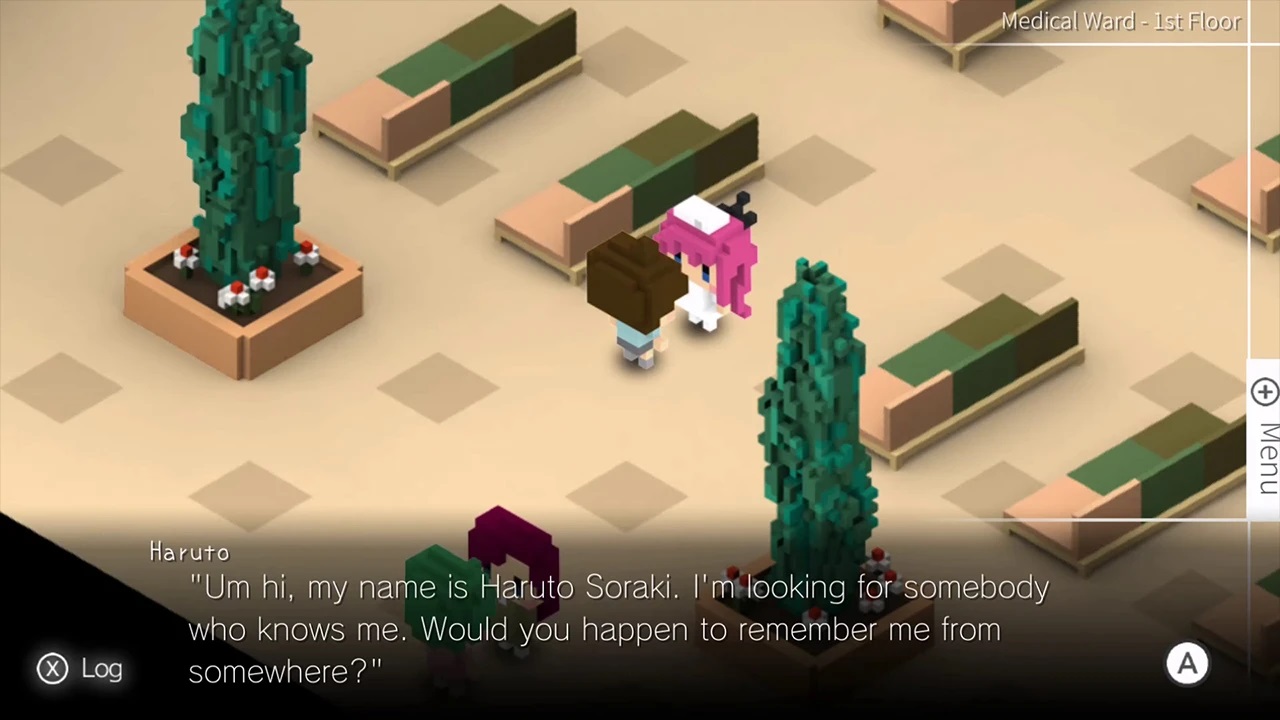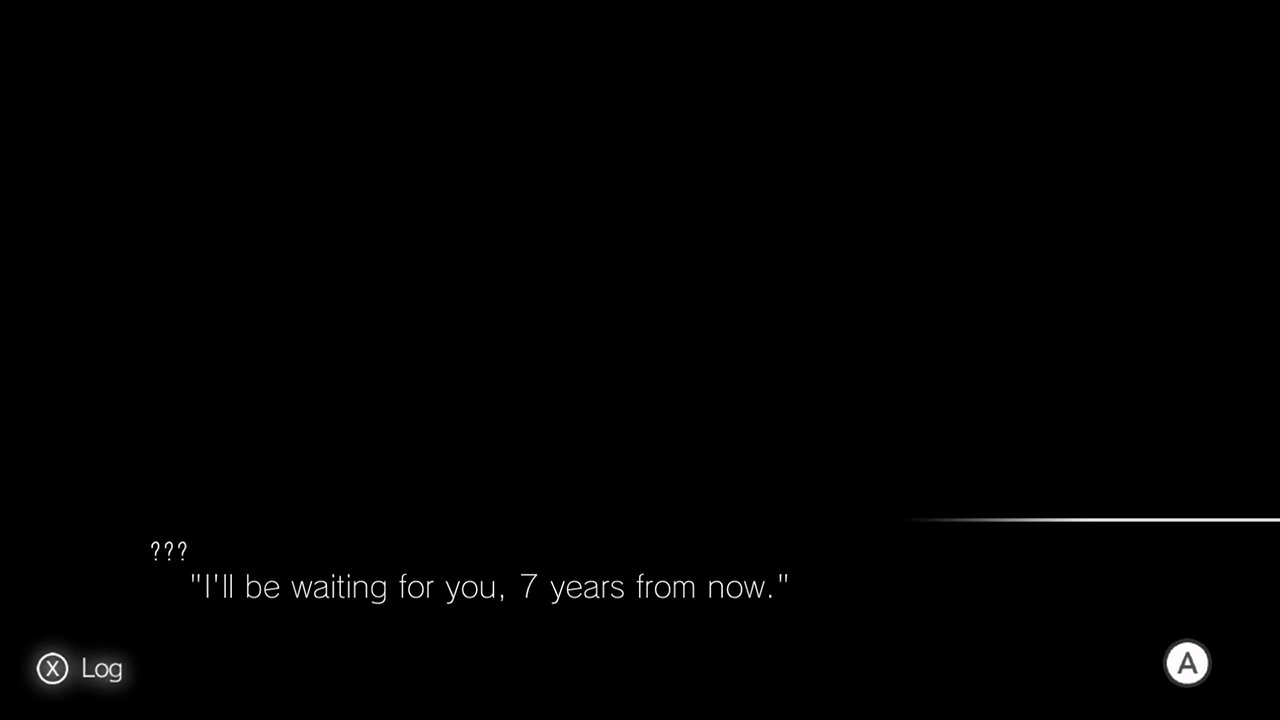

Many people are able to manage their symptoms with things like: Treatments other than surgery can often help you feel better, be more active, and avoid surgery. This program may include physiotherapy and home exercises. Your doctor may recommend a rehabilitation program after the procedure. Either of these procedures may be done at the same time as a discectomy, or separately. It also may remove thickened tissue that is narrowing the spinal canal. A laminectomy removes most of or all of the lamina. A procedure called a laminotomy removes some of the lamina. It's the thin part of the vertebrae that forms a protective arch over the spinal cord. In some cases, a small piece of bone from the affected vertebra may be removed. These include your particular body structure, your symptoms, which disc is herniated, what you prefer, and your doctor's expertise and experience. So you and your doctor will think about several things in deciding which treatment may be right for you. Studies haven't shown noticeable differences in how well each of these procedures works. These tools can cut or destroy part of the disc. Your doctor can put special tools through the incisions, such as cutting or heating devices or lasers.

These are done through one or more tiny incisions in your back. It causes less damage to surrounding tissue.

This is done through a large cut, called an incision, in your back. There are different ways to remove disc material. This is usually done by removing disc material. The goal of the procedures is to take the pressure off the nerve roots. If you don't choose surgery now, you can change your mind later if your symptoms haven't gotten better or have gotten worse even with other treatments.And even if you get better with surgery, there is a chance that you may get new symptoms in the future. Back surgery has some risks, including infection, nerve damage, and the chance that the surgery won't relieve your symptoms.Over the long term, surgery and non-surgical treatments work about the same to reduce pain and other symptoms.For symptoms that have lasted at least 6 weeks and that make it hard to do your normal activities, surgery is an option when other treatments haven't helped. Surgery may relieve your pain faster than non-surgical treatments.If one of these things doesn't work, you can try something else or combine some of them. Many people are able to manage their symptoms with things like changes in the way they do their activities, medicines to manage pain, exercise, physiotherapy, or steroid injections.For most people, symptoms get better over time, with or without treatment. A herniated disc in the lower back is a common cause of back and leg pain.


 0 kommentar(er)
0 kommentar(er)
